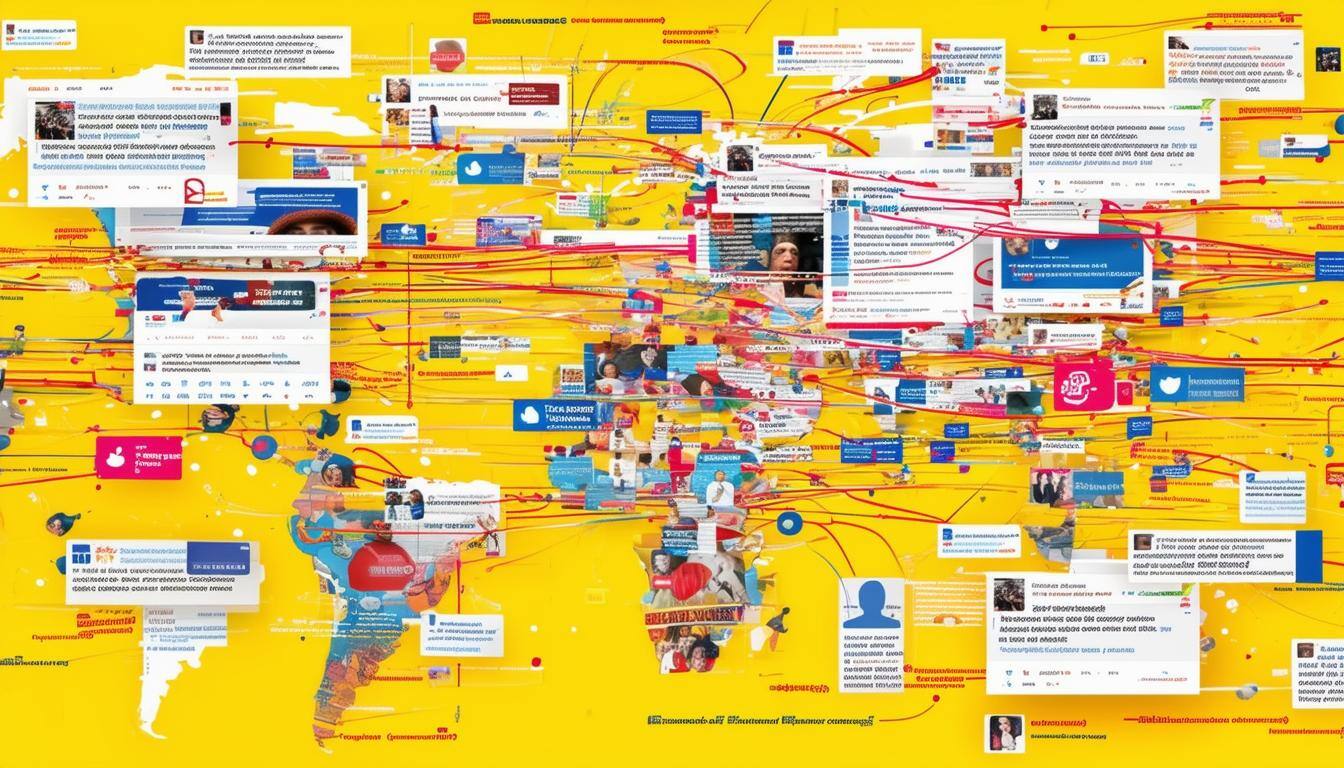

When the world is a sea of risk, you need to know your business, your people and your intellectual property are safe.
We’re your Liferaft.

In today's digital age, the spread of misinformation has become a pressing concern with far-reaching consequences. Unlike the past, where traditional media outlets served as gatekeepers of information, the rise of social media platforms has created an environment where anyone can share information, regardless of its veracity. This has led to a proliferation of inaccurate or misleading content, making it increasingly challenging for individuals to discern fact from fiction.
One of the most alarming aspects of misinformation is its ability to spread rapidly and widely, often outpacing accurate information.
Studies have shown that false information on social media platforms like X spreads significantly faster and reaches a broader audience compared to truthful content. This phenomenon is further exacerbated by the fact that many individuals tend to share information without verifying its authenticity, unintentionally contributing to the spread of misinformation. A 2020 study revealed that 38.2% of Americans admitted to accidentally sharing fake news.
It has the potential to influence decision-making in various aspects of life, leading individuals to make poor choices related to purchases, investments, health, and even voting. Moreover, misinformation erodes trust in institutions, with a significant portion of the US population expressing diminished confidence in government institutions due to the perceived prevalence of fake news.
Businesses and brands are also susceptible to the damaging effects of misinformation, as negative fake news can severely tarnish a company's reputation, undermining years of effort invested in building trust and credibility. For example, companies like Starbucks and Coca-Cola who have fallen victim to misinformation campaigns, resulting in financial losses and reputational damage.
Handling the messy business of misinformation around a brand gets even harder for smaller companies that often lack the resources for effective damage control. Your small businesses face even greater challenges in combating the spread of harmful misinformation.
Regardless of the burdens, businesses have no choice but to try and take a proactive stance to protect their reputation and maintain trust with their stakeholders. One effective strategy is leveraging OSINT to monitor and analyze public conversations surrounding the brand. By actively seeking out harmful chatter—whether it's negative reviews, misleading claims, or unfounded rumors—companies can quickly identify emerging threats and respond appropriately. This not only allows for timely intervention but also helps in understanding the narrative shaping public perception. Moreover, by fostering a culture of transparency and open communication, businesses can counteract misinformation with accurate information, reinforcing their credibility and building stronger relationships with their audience.
With the rapid spread of information across social media and online platforms, individuals play a crucial role in determining what narratives gain traction.
Misinformation often arises from a combination of factors, including emotional responses, confirmation bias, and the sheer volume of content available online. People may inadvertently share misleading information because it aligns with their beliefs or elicits a strong emotional reaction. This underscores the importance of taking a moment to pause and evaluate the credibility of the information before disseminating it further. By recognizing that each share contributes to the larger narrative, individuals can help break the cycle of misinformation.
To be vigilant before sharing information, the public can adopt several practical strategies:
In conclusion, it seems that our current and future state involves promoting media literacy for the individual and utilizing business tools and strategies to effectively identify and counter the spread of false information for businesses. With communication platforms expanding and readily available in your pocket, the dissemination of misinformation will not only be faster but also more numerous.